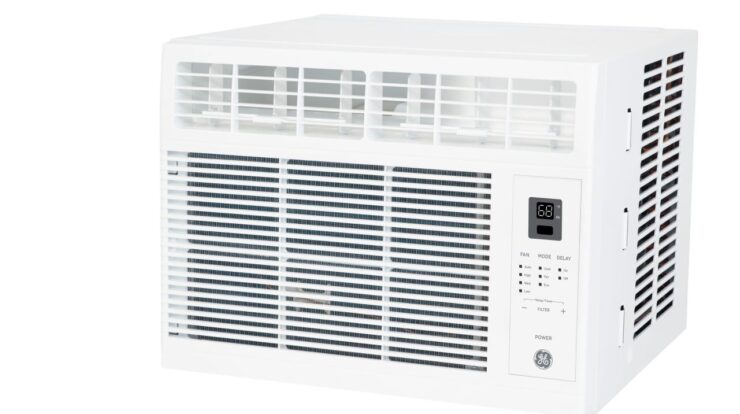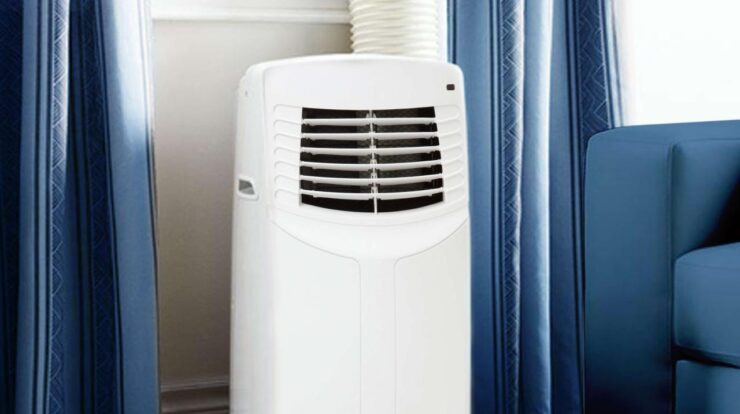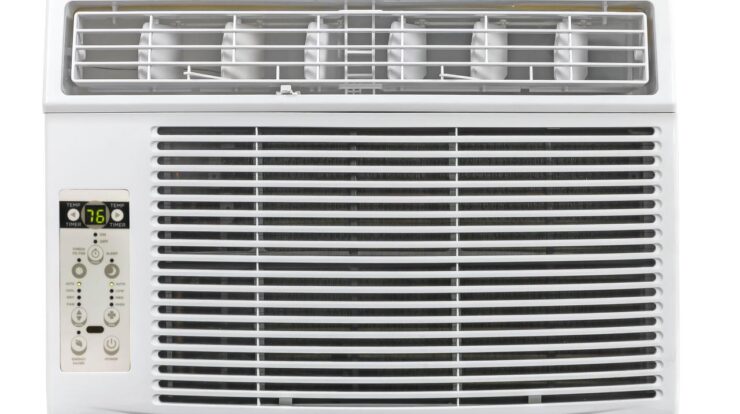Disc brake conversion for ford 9 inch – Disc brake conversion for Ford 9-inch rear ends is a popular modification that offers numerous advantages over traditional drum brakes. This comprehensive guide will provide you with everything you need to know about disc brake conversions, from compatibility and considerations to installation procedures and troubleshooting.
Whether you’re a seasoned mechanic or a novice enthusiast, this guide will empower you with the knowledge and confidence to successfully convert your Ford 9-inch rear end to disc brakes.
Disc Brake Conversion Overview
Upgrading from drum brakes to disc brakes for Ford 9-inch rear ends enhances braking performance, provides a more modern driving experience, and allows for the installation of larger wheels and tires. Disc brakes offer improved stopping power, better heat dissipation, and reduced fade compared to drum brakes.
However, disc brake conversions also have some disadvantages. They can be more expensive than drum brakes, require more maintenance, and may not be suitable for all applications. It’s important to carefully consider the pros and cons before making a decision.
Popular Disc Brake Conversion Kits
Several popular disc brake conversion kits are available for Ford 9-inch rear ends. These kits typically include calipers, rotors, brackets, and hardware necessary for the conversion. Some popular brands include:
- Wilwood
- Baer
- SSBC
- Ford Racing
Compatibility and Considerations

Disc brake conversions for Ford 9-inch rear ends require careful consideration of compatibility and fitment factors. Understanding these aspects ensures a successful conversion that meets safety and performance requirements.
Before selecting a conversion kit, identify the specific model of your Ford 9-inch rear end. Compatibility varies based on the axle width, bolt pattern, and brake line routing. Verify these specifications to ensure the kit you choose is suitable.
Axle Width
Ford 9-inch rear ends are available in various axle widths, ranging from 57 to 65 inches. Determine the exact width of your axle by measuring from the center of one wheel mounting surface to the center of the opposite wheel mounting surface.
Bolt Pattern
The bolt pattern refers to the arrangement of bolt holes on the axle flange. Common bolt patterns for Ford 9-inch rear ends include 4-lug and 5-lug. Verify the bolt pattern of your axle to ensure the conversion kit you select has matching bolt holes.
Brake Line Routing
Consider the routing of the brake lines when selecting a conversion kit. Some kits require modification or relocation of the existing brake lines, while others provide brackets or adapters for a direct fit.
When replacing brake lines, it’s crucial to use high-quality materials. The 3/16 brake lines and fittings are made from durable stainless steel and are designed to withstand the harsh conditions of the road.
Tips for Ensuring Proper Fitment
- Double-check the compatibility of the conversion kit with your specific Ford 9-inch rear end model.
- Verify the axle width, bolt pattern, and brake line routing to ensure a proper fit.
- Consult with a qualified mechanic or refer to the manufacturer’s instructions for guidance on installation and fitment.
Parts and Components
A disc brake conversion involves replacing the original drum brakes with disc brakes, providing enhanced stopping power and improved performance. To ensure a successful conversion, it’s crucial to gather the necessary parts and components.
Calipers
- Calipers are essential components that house the brake pads and apply pressure to the rotors, generating friction and stopping the vehicle.
- Choose calipers made of durable materials like aluminum or cast iron for optimal performance and longevity.
Rotors
- Rotors are the discs that rotate with the wheels and are clamped by the calipers. They provide the friction surface for the brake pads.
- Select rotors made of high-quality materials like steel or ceramic for enhanced heat dissipation and durability.
Brackets
- Brackets are used to mount the calipers to the axle or spindle. They ensure proper alignment and stability of the braking system.
- Opt for brackets made of sturdy materials like steel or aluminum to withstand the forces generated during braking.
Hardware
- Hardware includes various components such as bolts, nuts, washers, and pins, which secure the calipers, rotors, and brackets together.
- Use high-grade hardware that is resistant to corrosion and ensures a secure fit.
Installation Procedures
Installing a disc brake conversion kit on a Ford 9-inch rear end requires careful preparation and attention to detail. Follow these step-by-step procedures to ensure a successful installation:
Safety Precautions
- Always wear appropriate safety gear, including gloves, eye protection, and a dust mask.
- Work in a well-ventilated area to avoid inhaling brake dust.
- Park the vehicle on a level surface and engage the parking brake.
Removing the Drum Brakes
Before installing the disc brake components, the existing drum brakes must be removed. Follow these steps:
- Remove the wheels and tires.
- Disconnect the brake line from the wheel cylinder.
- Remove the four bolts that secure the backing plate to the axle housing.
- Slide the backing plate and drum assembly off the axle shaft.
Mounting the Disc Brake Components
Once the drum brakes are removed, the disc brake components can be installed:
- Install the brake caliper brackets onto the axle housing using the supplied bolts.
- Slide the brake rotors onto the axle shafts and secure them with the lug nuts.
- Install the brake calipers onto the caliper brackets.
- Tighten all bolts and nuts to the specified torque.
Connecting the Brake Lines
The final step is to connect the brake lines to the new disc brake calipers:
- Attach the brake hoses to the calipers and tighten the fittings.
- Bleed the brake system to remove any air from the lines.
- Reinstall the wheels and tires.
After completing the installation, test the brakes by driving the vehicle at low speeds and applying the brakes gradually. Ensure that the brakes engage smoothly and without any excessive noise or vibration.
Brake Line Routing and Bleeding: Disc Brake Conversion For Ford 9 Inch

Proper brake line routing and bleeding are crucial for a safe and effective disc brake conversion on a Ford 9-inch rear end. Here’s an overview of the process.
Routing Options
- Rear-mounted distribution block:Distributes brake fluid to the rear wheels, allowing for easier connection to the existing brake lines.
- Proportioning valve:Adjusts brake pressure distribution between the front and rear wheels, ensuring balanced braking.
- Inline check valve:Prevents brake fluid from flowing back into the master cylinder, reducing pedal sponginess.
Bleeding Process
Bleeding the brake system removes air trapped in the lines, ensuring proper brake operation. Follow these steps:
- Fill the master cylinder with brake fluid.
- Locate the bleeder screws on the brake calipers.
- Attach a clear hose to the bleeder screw and submerge the other end in a jar of brake fluid.
- Have an assistant slowly pump the brake pedal while you open and close the bleeder screw to release air bubbles.
- Repeat for each wheel until no more air bubbles appear in the brake fluid.
Troubleshooting and Maintenance
Maintaining a disc brake system is essential for ensuring optimal performance and longevity. Regular inspections, maintenance, and timely troubleshooting can help prevent costly repairs and improve overall driving safety.
If you encounter any issues with your disc brake system, it’s important to troubleshoot and resolve them promptly. Common problems may include brake noise, reduced braking performance, or brake pedal pulsation. Identifying the root cause of these issues can help you find effective solutions.
Common Problems and Solutions, Disc brake conversion for ford 9 inch
- Brake Noise:Squealing or grinding noises can indicate worn brake pads, contaminated pads or rotors, or a misaligned caliper. Inspect and replace worn components, clean contaminated surfaces, and ensure proper caliper alignment.
- Reduced Braking Performance:If your brakes feel spongy or unresponsive, it could be due to air in the brake lines, worn brake pads, or a faulty master cylinder. Bleed the brake lines to remove air, replace worn pads, and inspect the master cylinder for any leaks or damage.
Whether you’re a professional mechanic or a DIY enthusiast, having the right tools for the job is essential. For brake repairs, the brake tech tools original truck inspector is a must-have. It provides comprehensive diagnostics and can pinpoint issues quickly and accurately.
- Brake Pedal Pulsation:Warped or unevenly worn rotors can cause the brake pedal to pulsate when applied. Replace or resurface the rotors to restore smooth braking.
Regular Maintenance Procedures
Regular maintenance is crucial for maintaining the health of your disc brake system. Some key maintenance procedures include:
- Inspecting Brake Pads:Check the thickness of your brake pads regularly. Replace them when they reach the minimum thickness specified by the manufacturer.
- Cleaning Brake Components:Clean brake calipers, rotors, and pads periodically to remove dirt, debris, and brake dust. This helps prevent corrosion and ensures optimal braking performance.
- Lubricating Brake Components:Lubricate the caliper slide pins and other moving parts to prevent sticking and ensure smooth operation.
- Bleeding Brake Lines:Air in the brake lines can reduce braking performance. Bleed the brake lines regularly to remove any trapped air.
Tips for Troubleshooting Brake-Related Issues
- Start with a Visual Inspection:Before taking any further steps, visually inspect the brake system for any obvious issues such as worn pads, leaking brake fluid, or damaged components.
- Check the Brake Fluid:Low brake fluid levels can indicate a leak in the system. Inspect the brake fluid reservoir and top it up if necessary. If the fluid level drops repeatedly, have the system inspected for leaks.
- Test Drive the Vehicle:Take the vehicle for a test drive to assess the braking performance. Pay attention to any unusual noises, vibrations, or reduced braking power.
- Use a Brake Pressure Gauge:A brake pressure gauge can help you identify any issues with the master cylinder or brake lines. Connect the gauge to the brake system and check the pressure readings.
- Consult a Professional:If you are unable to resolve the brake-related issue on your own, it’s advisable to consult a qualified mechanic or automotive technician for further diagnosis and repair.
Outcome Summary
In conclusion, disc brake conversion for Ford 9-inch rear ends is a rewarding project that can significantly enhance your vehicle’s braking performance and overall driving experience. By following the steps Artikeld in this guide, you can ensure a successful conversion and enjoy the benefits of disc brakes for years to come.
Question Bank
Is disc brake conversion difficult?
While disc brake conversion requires some mechanical knowledge and skills, it is not overly complex. By following the detailed instructions in this guide and taking your time, you can complete the conversion successfully.
What are the benefits of disc brakes over drum brakes?
Disc brakes offer several advantages over drum brakes, including improved braking performance, reduced fade, and increased durability.
What factors should I consider when selecting a disc brake conversion kit?
When selecting a disc brake conversion kit, consider your axle width, bolt pattern, and brake line routing. It’s also important to choose a kit that includes high-quality components for optimal performance and longevity.






